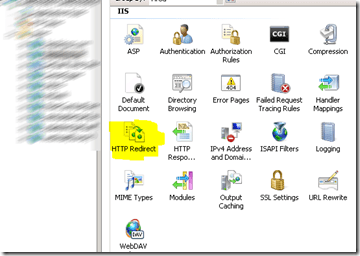

- CLOUDAPP NET AZURE HOW TO
- CLOUDAPP NET AZURE CODE
- CLOUDAPP NET AZURE SERIES
- CLOUDAPP NET AZURE WINDOWS


The plans represents set of features and capacity that can be shared across your application hosted in web apps based on selected pricing tier. The entered name is multiadfssample so my DNS name becomes .Īpp service plans are very similar to Web Hosting Plans we had in Azure WebSites.
CLOUDAPP NET AZURE SERIES
As the extension of cloud service created in earlier series articles got *. extension for web apps, we get *. extension. The first textbox is where we enter the Name of web app. Let’s understand these options one by one. A new blade appears with many options shown below – Open the new portal of Azure from the link –. In this section, let’s understand various options available in new Azure portal for website creation.įirst let’s create web app DNS name in Azure management portal. Now we need to host this multi ADFS configured application in Azure Web Apps and Azure cloud services. If you remember from Part 3 we have an ASP.NET MVC application which is integrated with two Azure based ADFS - and. Azure SDK 2.6 and above Problem Statement For this article, we will use new Azure portal ( ) as in the future, the will be deprecated. In Part 1, 2 and 3 we have used the management portal of Azure to carry out each and every operation. In this article, we will highlight the procedure of hosting multiple ADFS integrated MVC project in Azure Web Apps and Azure Cloud service web role. Making life simple – use 3 rd Party (Paid) Identity Server Provider Auth0 to achieve multiple WSFederation (or ADFS) authentication in ASP.NET MVC application. Hosting ASP.NET MVC application integrated with multiple wsfederation to Azure WebApps (formerly Azure websites) and Azure cloud Services (Current article)ĥ. Configure ASP.NET MVC to use Multiple ADFS using OWIN KATANAĤ.
CLOUDAPP NET AZURE WINDOWS
Implementing ADFS (or WSFederation) based Single Sign-On authentication in MVC based ASP.NET application using Windows Identity Foundation (WIF or in Developer language – specifically using )ģ.

If you are following the complete series, then please note that this article is Part 4 of a series of articles that highlights the following important scenarios –Ģ.
CLOUDAPP NET AZURE CODE
The source code for this article is referenced from 3rd part of the series. Note: This article is in sequence with the previous published articles.
CLOUDAPP NET AZURE HOW TO
Note: Copy and paste the Name Servers from Azure DNS to GoDaddyĪnd make sure you have to remove the extra dot before you save.In this article we will explore how to host an ASP.NET MVC application using multiple ADFS integration in Microsoft Azure WebApps and Cloud Service web role. Step5: Change the Nameservers by choose your new nameserver type as: Custom Step4: Go to GoDaddy control panel and click on the DNS. Step3: Once Azure DNS zones created you can see four Name Servers. Name=, Subscription, Resource Group, and Location Go to Azure Portal => New => search DNS zones => Create DNS zones Step2: To get DNS addresses, you need create DNS zones with your domain name. Step1: First create the Azure Virtual Machines. Finally, to publish your DNS zone to the Internet, you need to configure the name servers for the domain.Įach of these steps is described in the following steps: Each DNS record for your domain is then created inside this DNS zone. To start hosting your domain in Azure DNS, you need to create a DNS zone for that domain name. A DNS zone is used to host the DNS records for a particular domain.


 0 kommentar(er)
0 kommentar(er)
